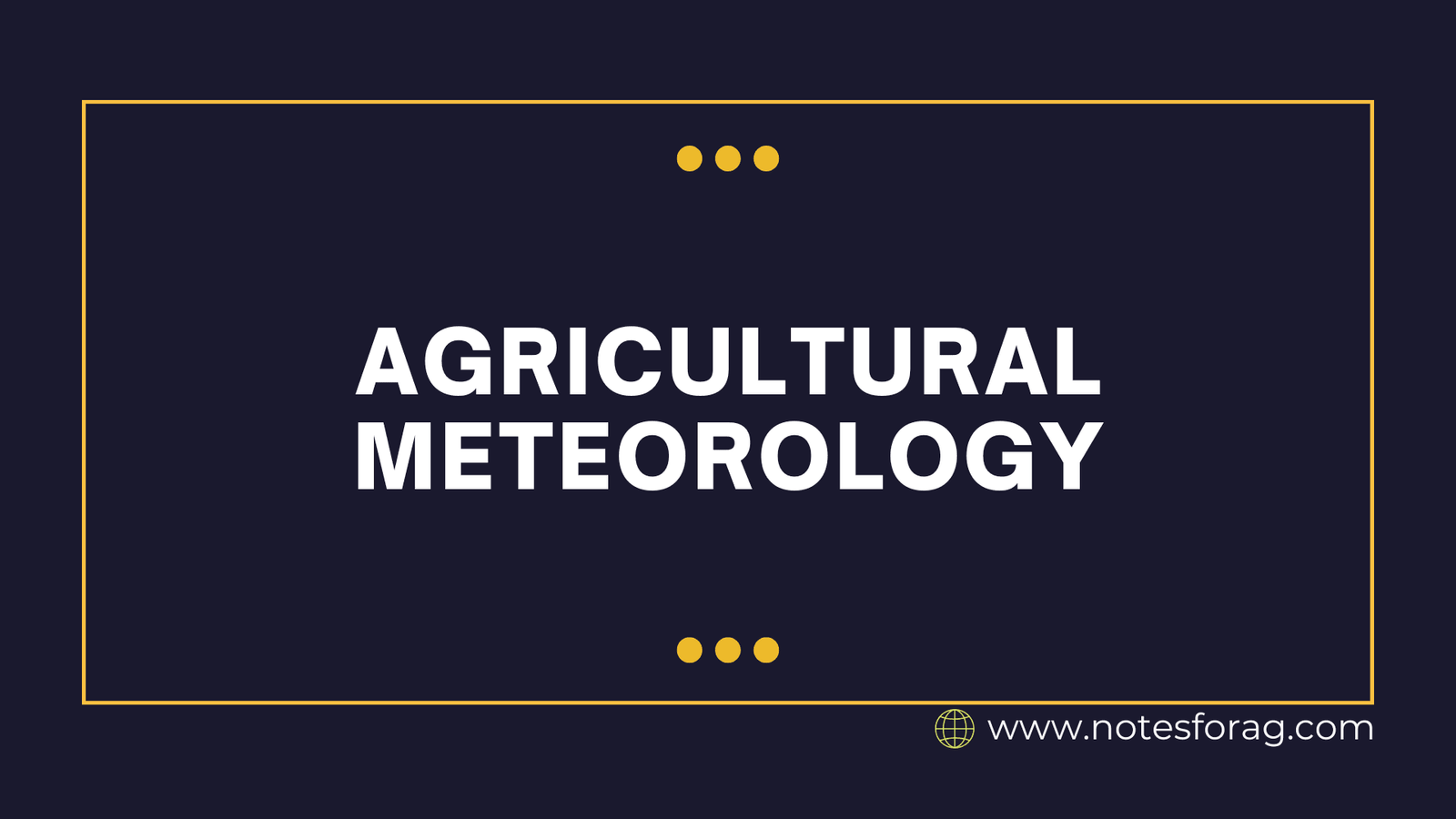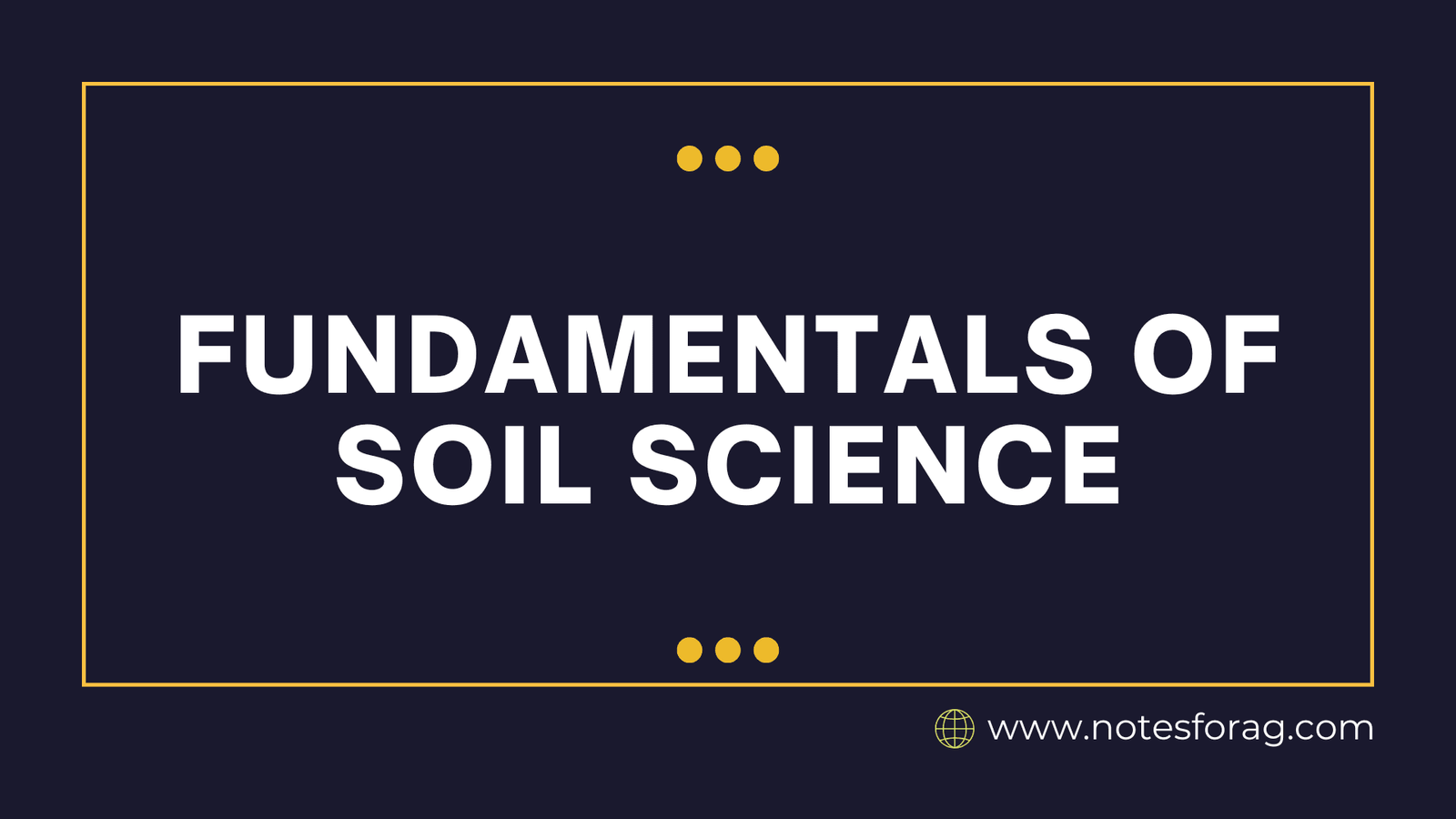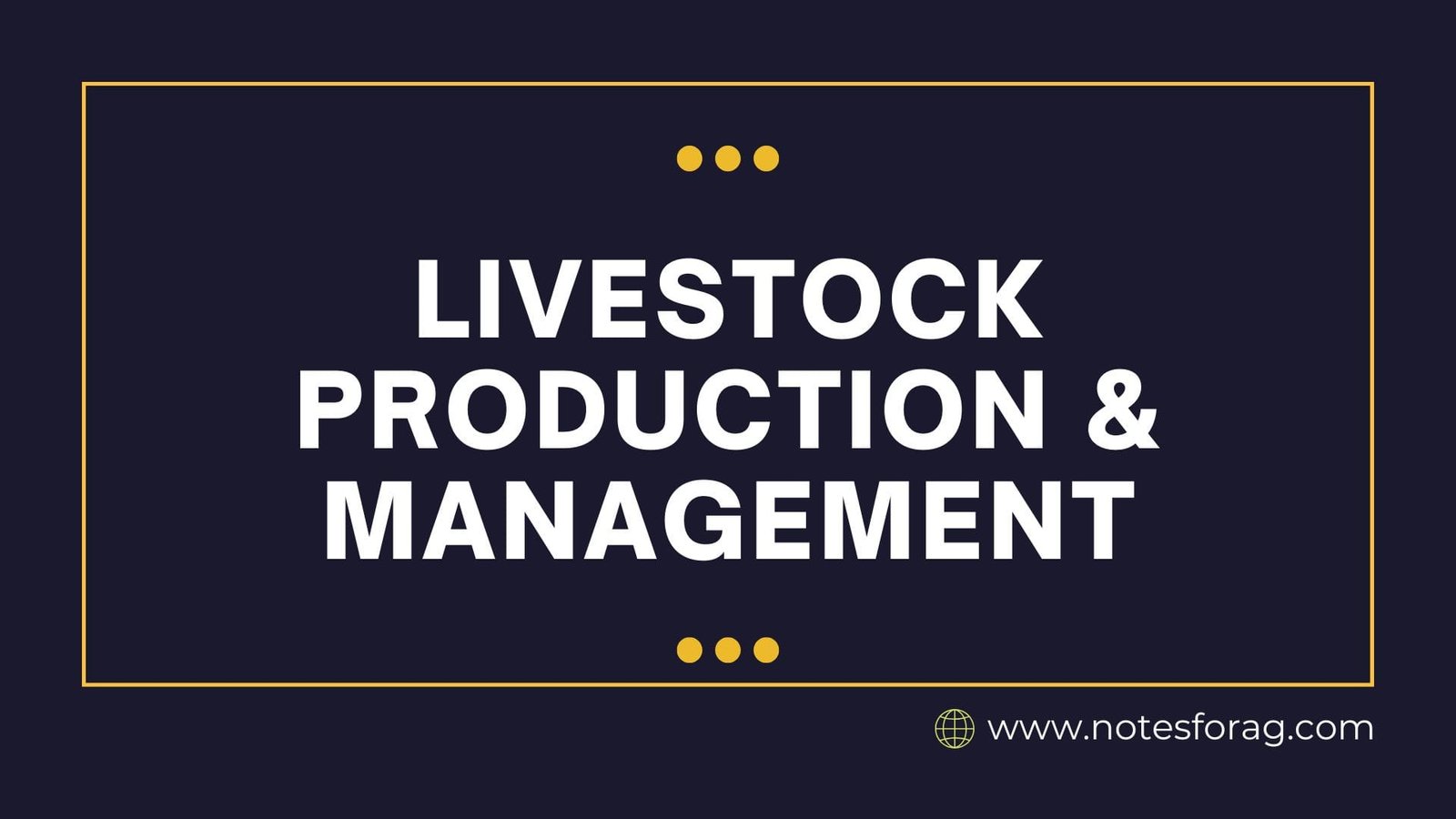Earth’s Atmosphere- Its Composition, Extent and Structure, Atmospheric Whether Variables
The atmospheric whether is a shallow gaseous envelope surrounding the Earth of which thickness is less than 1% of the Earth’s radius (Earth’s radius is 6371 km). The present form of atmosphere and composition evolved at least 400 million years ago. The estimated mass of the Atmospheric Whether is 56 x 1014 metric tons, and … Read more










